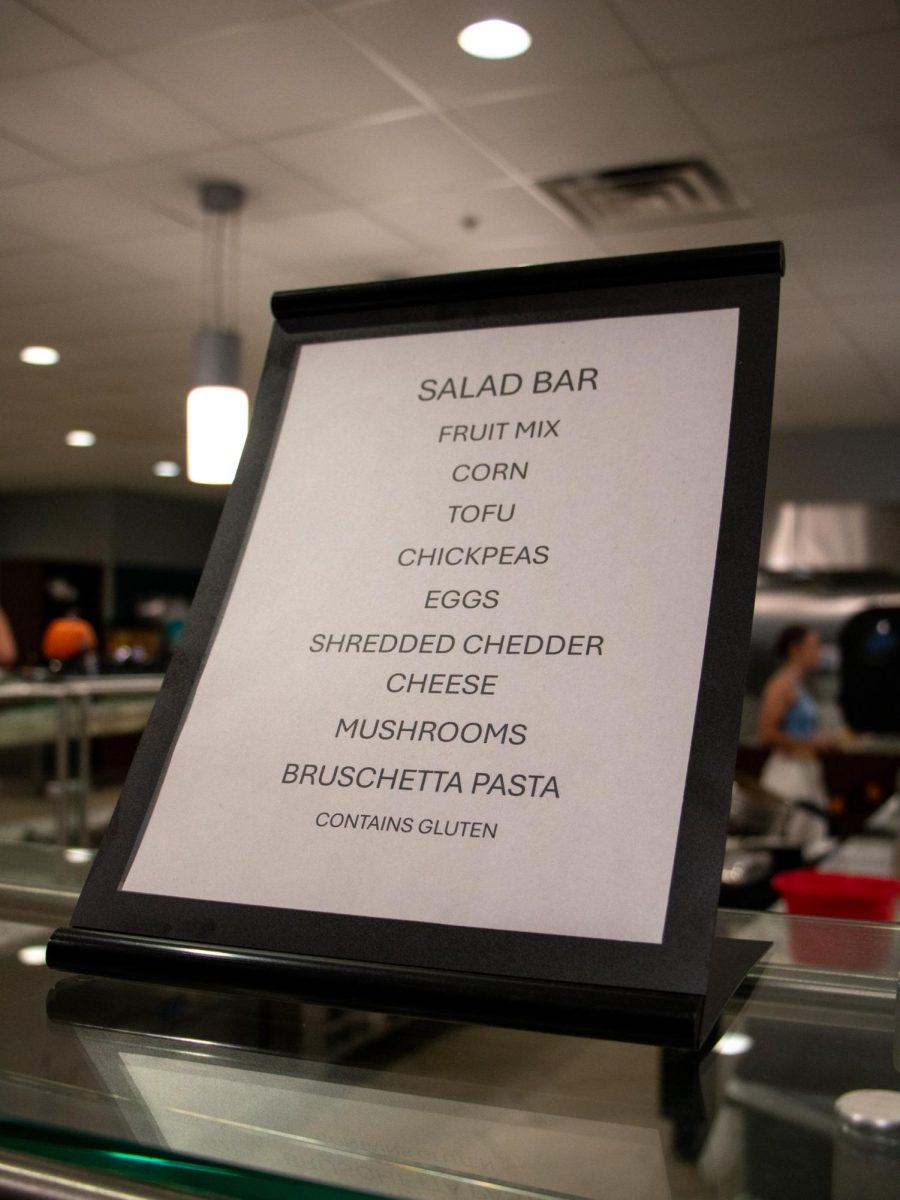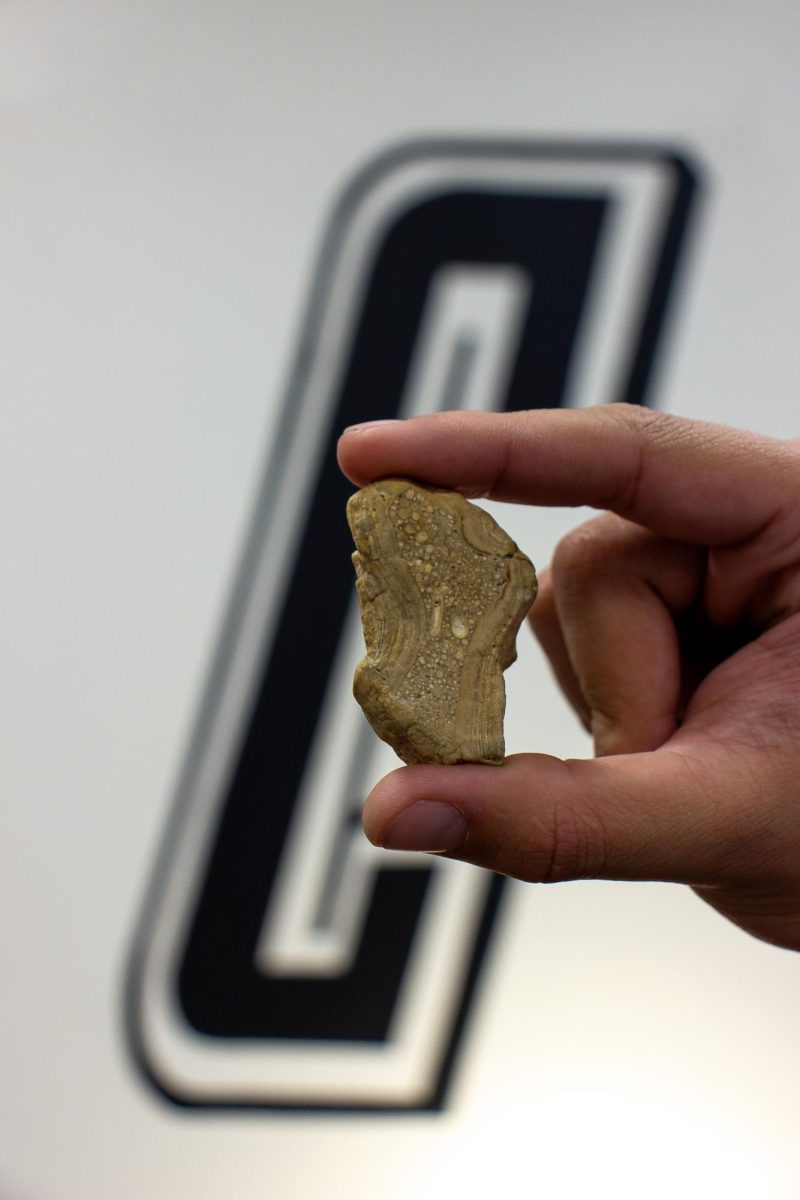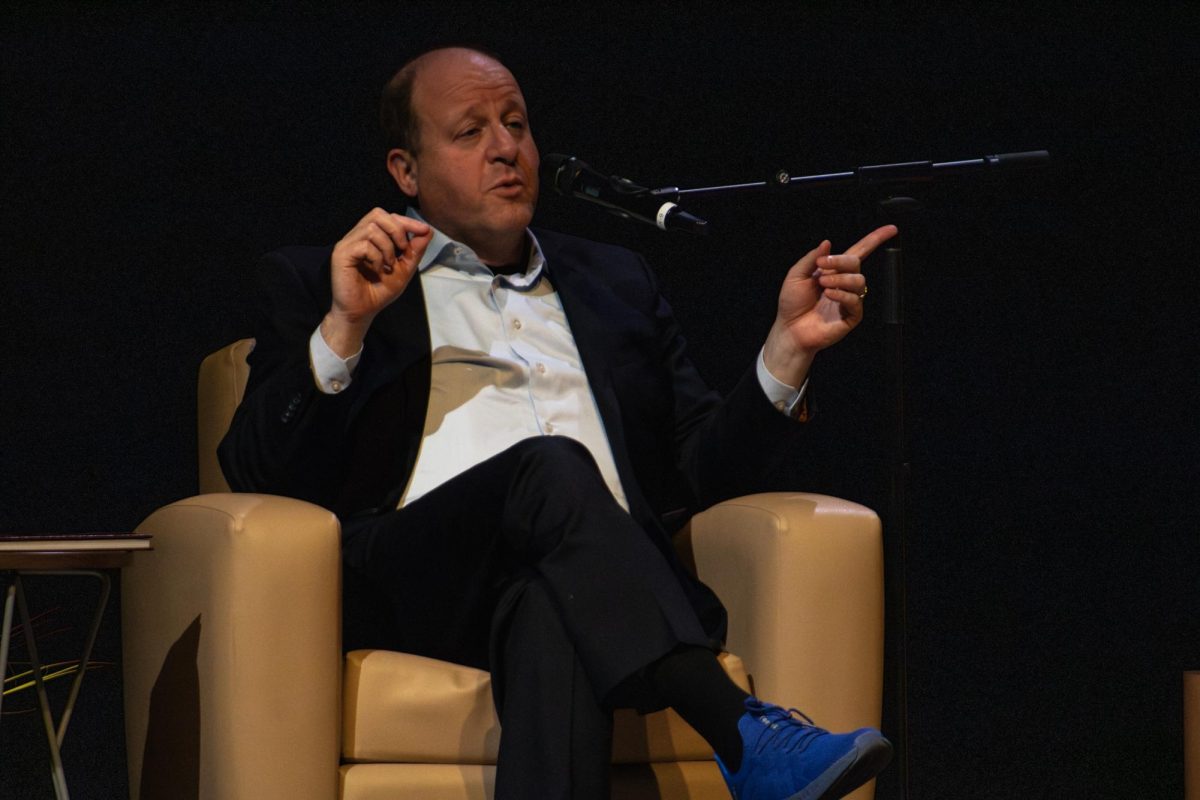Eleven years have passed with this mission statement and after President John Marshall’s first year, he has decided to rewrite the mission statement again for more accuracy since the growth of the university. This goes along with the accreditation process the university is currently undergoing.
The CMU mission statement was re-written to stand for academic excellence and student outreach when the state college was named a university back in 2011.
The Institutional Mission Statement reads “Committed to a personal approach, Colorado Mesa University is a dynamic learning environment that offers abundant opportunities for students and the larger community to grow intellectually, professionally, and personally. By celebrating exceptional teaching, academic excellence, scholarly and creative activities, and by encouraging diversity, critical thinking, and social responsibility, CMU advances the common good of Colorado and beyond.”
“I would say it’s probably a refinement and slight course corrections that you have to do every five to 10 years to make sure you stay relevant. One of those that we have added recently has been around graduate programs,” Marshall said.
Marshall mentions that the new mission statement specifically refers to the creation of diversity and community found here on campus. This includes how the celebration of those communities will reflect well on the institution in its coming years to draw in new students.
“If you look around our campus, we have an incredibly vibrant series of diversities here. Way more vibrant way more than most campuses. I think we can do a better job of describing that, I think we can do a better job of supporting that. But it starts by acknowledging that this is an incredibly vibrant and diverse place in its truest sense,” Marshall said.
Right now the statement focuses on the academic success the school exhibits and on creating more of a study focused environment; leading the students of CMU to earn Associates, Bachelors, and Masters degrees at this institution.
The mission statement mentions how well it does at creating specific environments for student success, but does not mention mental health or wellness.
Marshall responded directly to this concern.
“I expect that we will very directly address some of these kinds of questions. Is supporting the whole student going to be vital to our future? No question […] so the art in the strategic planning process is to create a broad enough vision that’s inclusive enough and clear enough at the same time, and also addresses things that may be changing in short life cycles,” Marshall said.









